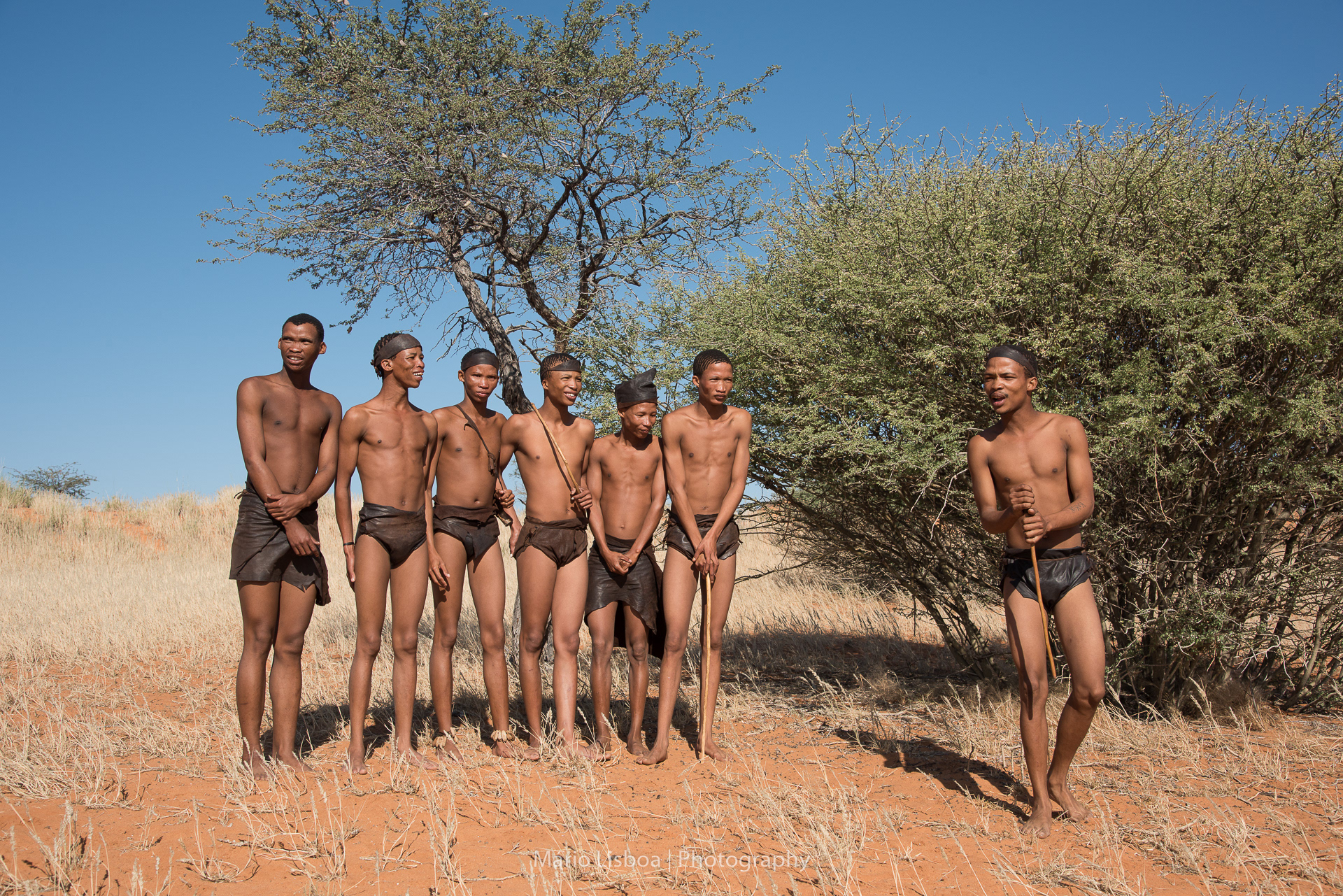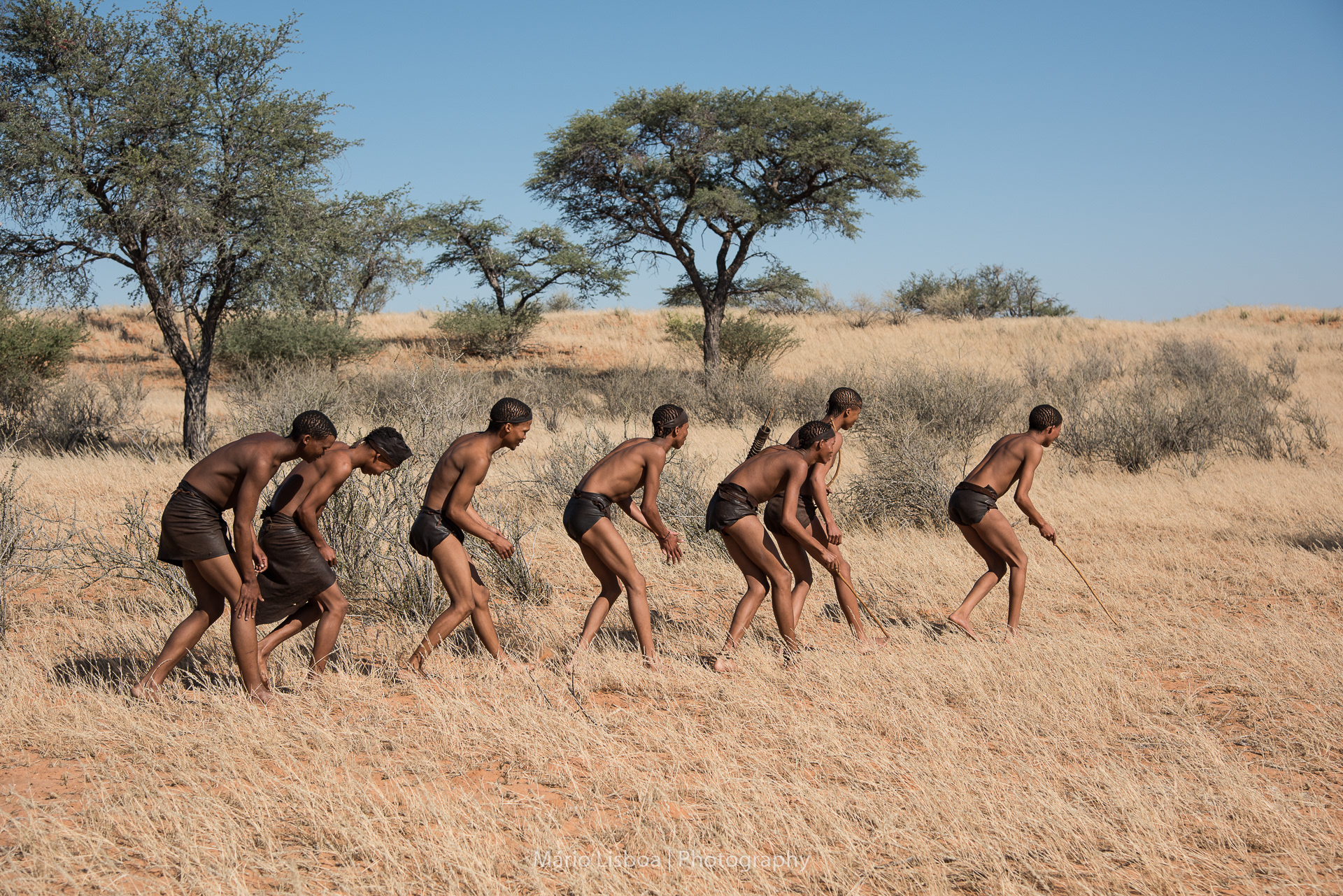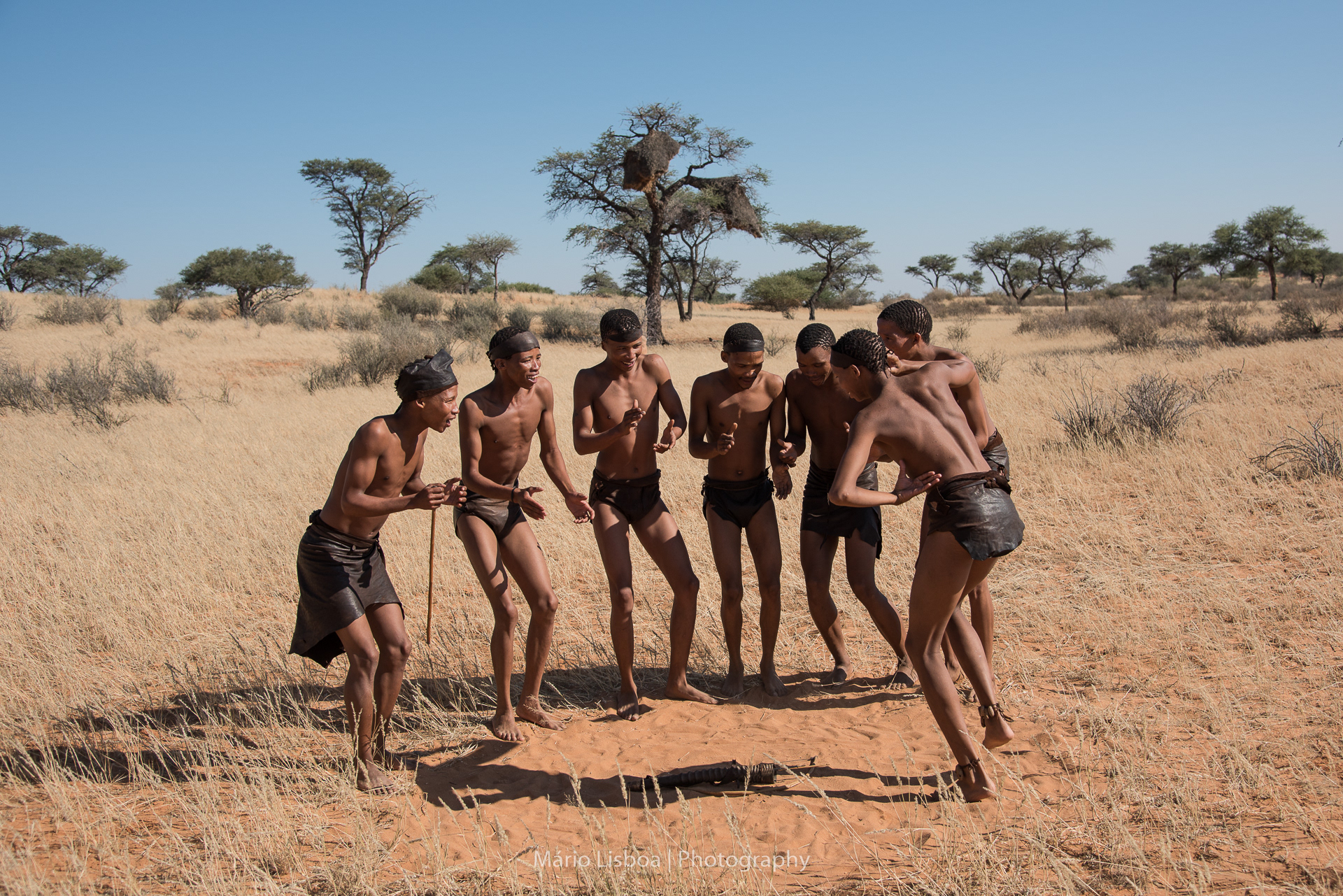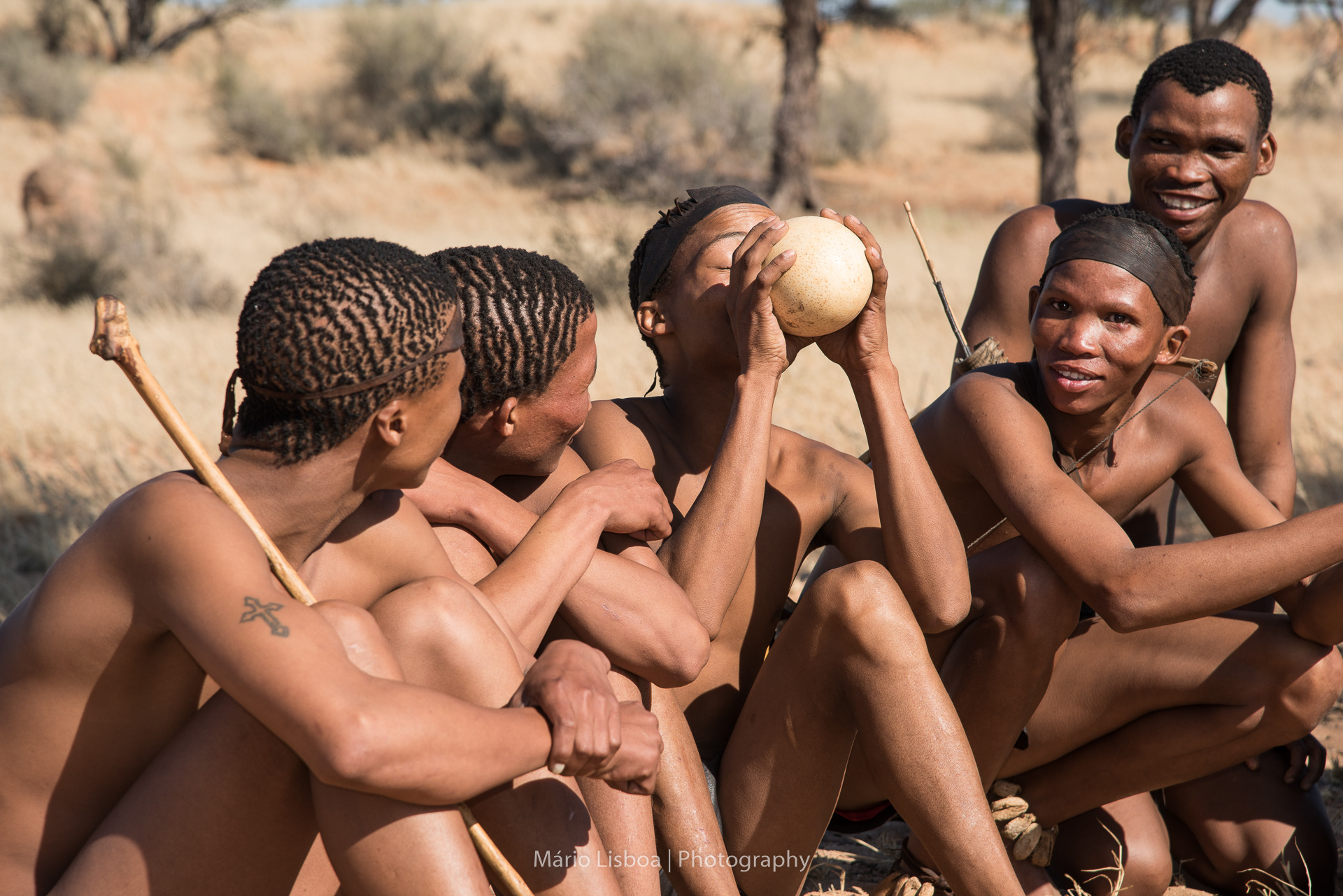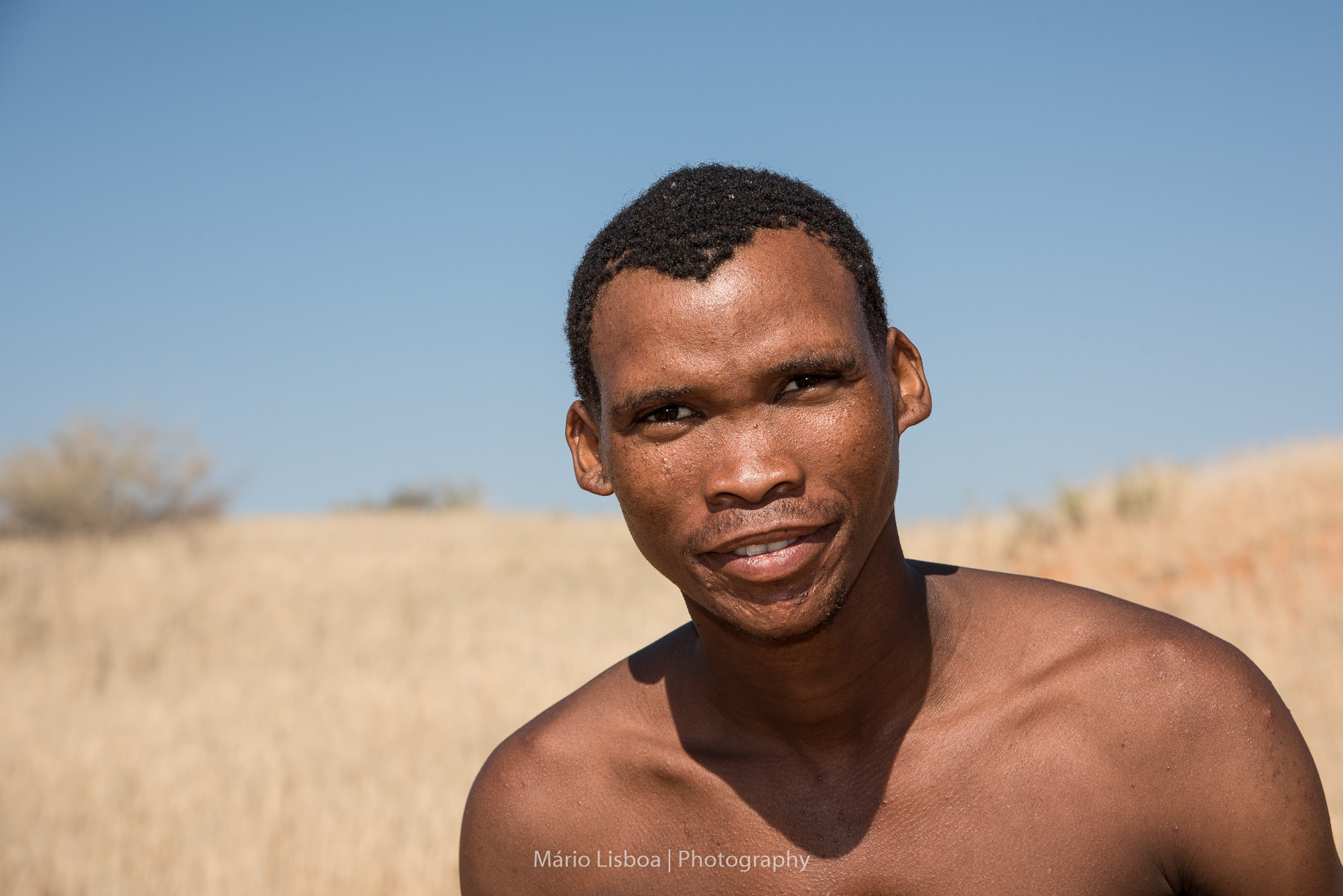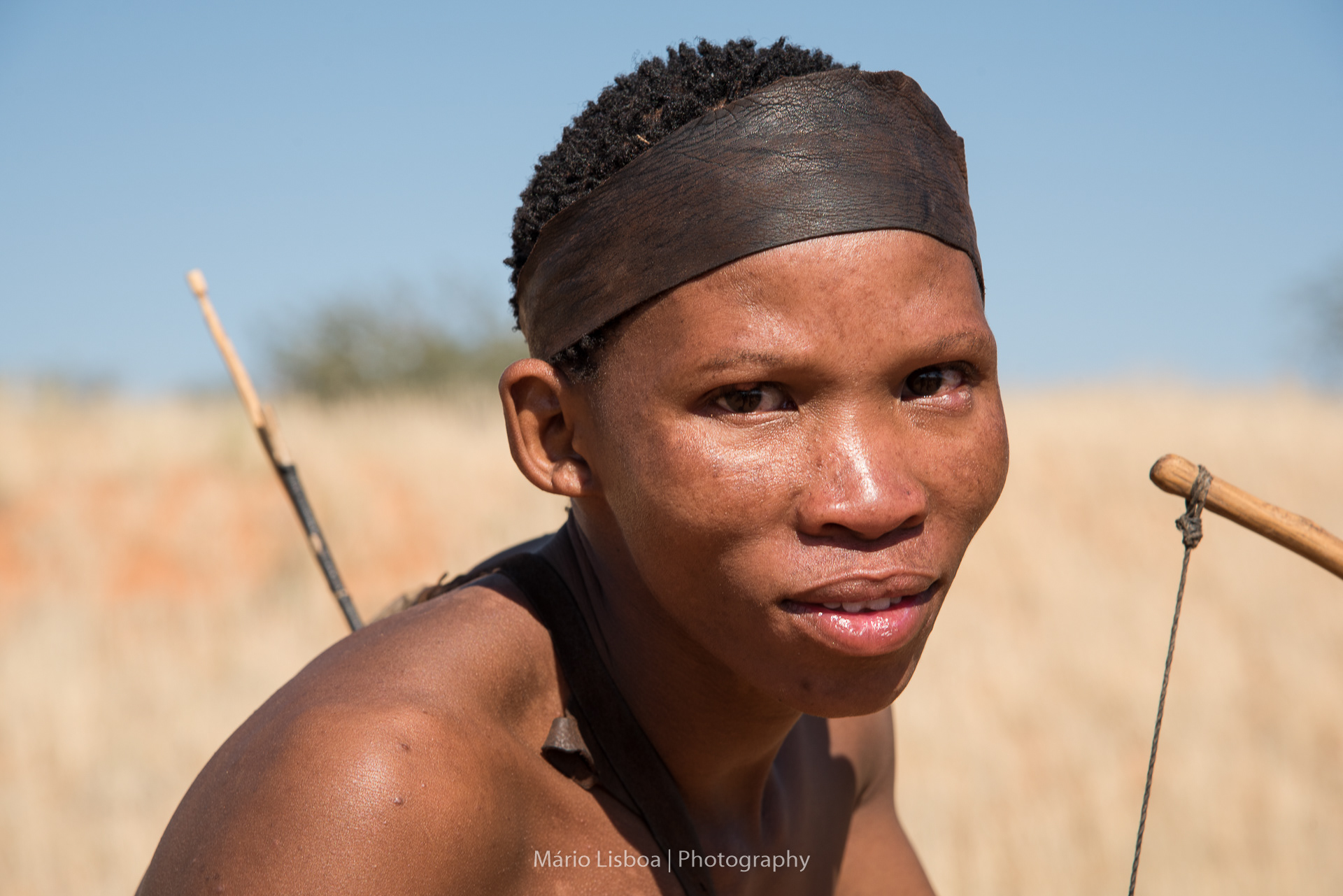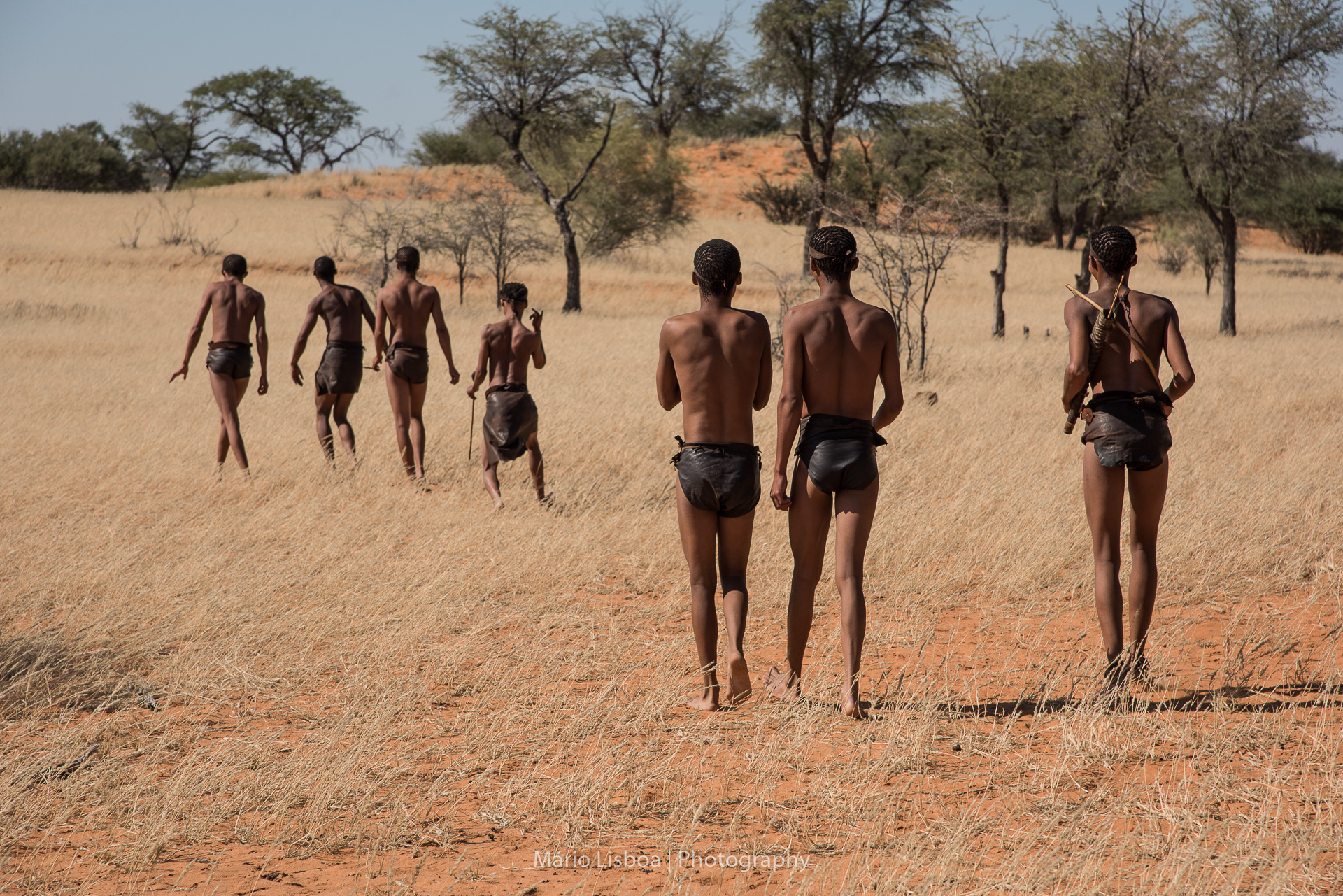Himba people
(PT)
Esta tribo Himba que habita a região do Kunene, na Namíbia, no século XVI saíu de Angola e foi para a região de Kaokoland. Este povo semi-nómada ocupa as terras consoante as melhores pastagens para o gado, e volta à aldeias várias vezes ao longo do ano.
Depois de ultrapassados os primeiros contactos e sermos autorizados a recolher imagens, fomos levados ao encontro individual com diferentes elementos das familias, tendo-nos sido explicado alguns factos da vida deles. As mulheres até à puberdade usam apenas duas tranças, depois de casadas usam várias tranças bem como o "Erembe" uma coroa feita de couro de animal. Os homens após o casamento usam um turbante.
As mulheres não tomam banho, no entanto a sua higiene é feita através do uso do "Otjizé" uma pasta de manteiga, gordura de cor ocre avermelhado às vezes perfumado com resina aromática que protege do sol e repele os insectos. Esta pasta dá à pele e ao cabelo um tom avermelhado. Este povo é conhecido pela beleza e vaidade das mulheres.
Esta tribo Himba que habita a região do Kunene, na Namíbia, no século XVI saíu de Angola e foi para a região de Kaokoland. Este povo semi-nómada ocupa as terras consoante as melhores pastagens para o gado, e volta à aldeias várias vezes ao longo do ano.
Depois de ultrapassados os primeiros contactos e sermos autorizados a recolher imagens, fomos levados ao encontro individual com diferentes elementos das familias, tendo-nos sido explicado alguns factos da vida deles. As mulheres até à puberdade usam apenas duas tranças, depois de casadas usam várias tranças bem como o "Erembe" uma coroa feita de couro de animal. Os homens após o casamento usam um turbante.
As mulheres não tomam banho, no entanto a sua higiene é feita através do uso do "Otjizé" uma pasta de manteiga, gordura de cor ocre avermelhado às vezes perfumado com resina aromática que protege do sol e repele os insectos. Esta pasta dá à pele e ao cabelo um tom avermelhado. Este povo é conhecido pela beleza e vaidade das mulheres.
(EN)
This Himba tribe that inhabits the Kunene region in Namibia in the 16th century left Angola and went to the Kaokoland region. This semi-nomadic people occupy the lands according to the best pastures for the cattle, and returns to the village several times throughout the year.
After the first contacts were passed and we were allowed to collect images, we were taken to the individual meeting with different elements of the families, and we were explained some facts of their lives. Women up to puberty wear only two braids, after they wear several braids, as well as the "Erembe" a crown made of animal leather . Men after marriage wear a turban.
Women do not bathe, however their hygiene is done through the use of "Otjizé" a paste of butter, ocher colored reddish fat sometimes perfumed with aromatic resin that protects from the sun and repels insects. This paste gives the skin and hair a reddish hue. This people is known for the beauty and vanity of women.
This Himba tribe that inhabits the Kunene region in Namibia in the 16th century left Angola and went to the Kaokoland region. This semi-nomadic people occupy the lands according to the best pastures for the cattle, and returns to the village several times throughout the year.
After the first contacts were passed and we were allowed to collect images, we were taken to the individual meeting with different elements of the families, and we were explained some facts of their lives. Women up to puberty wear only two braids, after they wear several braids, as well as the "Erembe" a crown made of animal leather . Men after marriage wear a turban.
Women do not bathe, however their hygiene is done through the use of "Otjizé" a paste of butter, ocher colored reddish fat sometimes perfumed with aromatic resin that protects from the sun and repels insects. This paste gives the skin and hair a reddish hue. This people is known for the beauty and vanity of women.
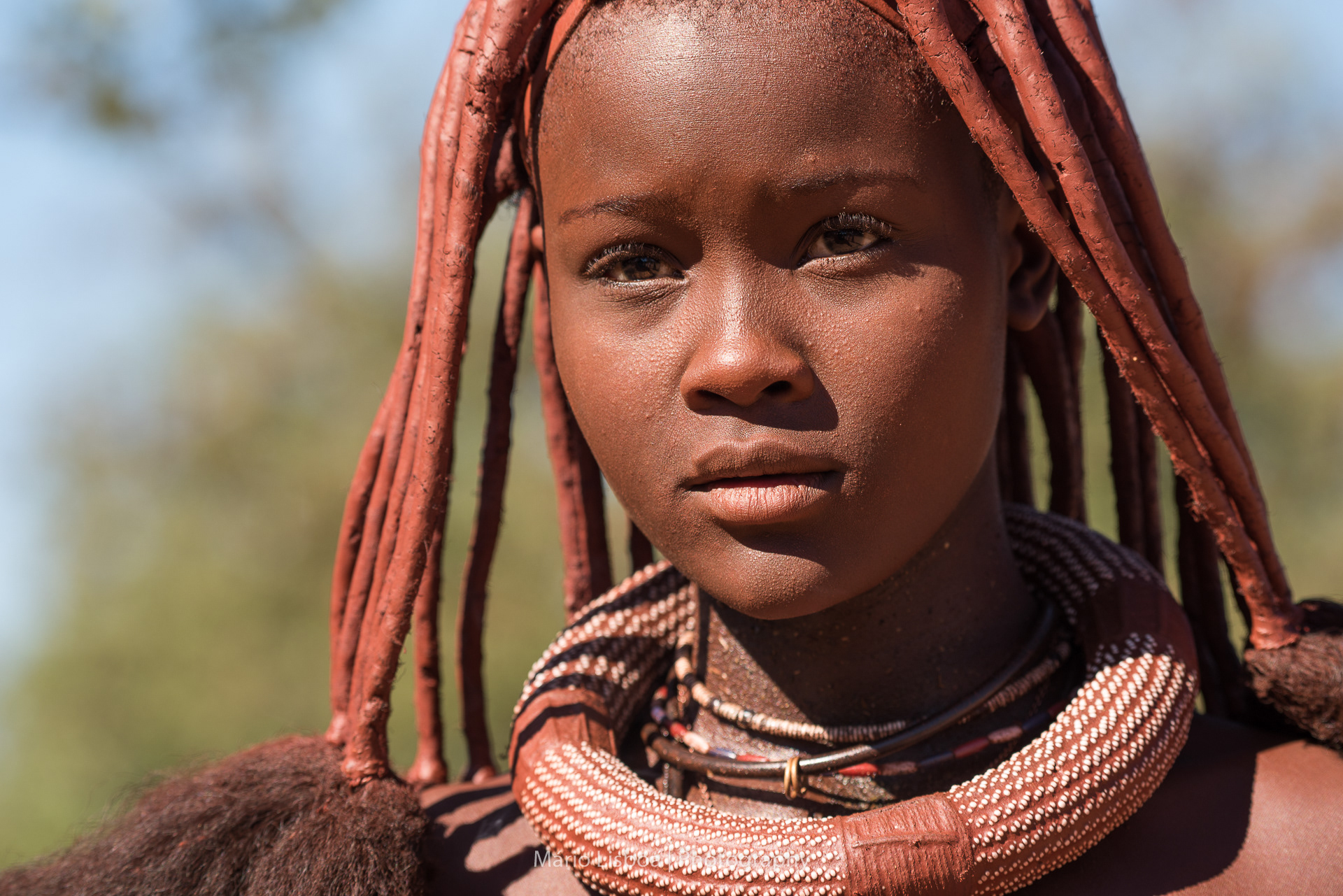
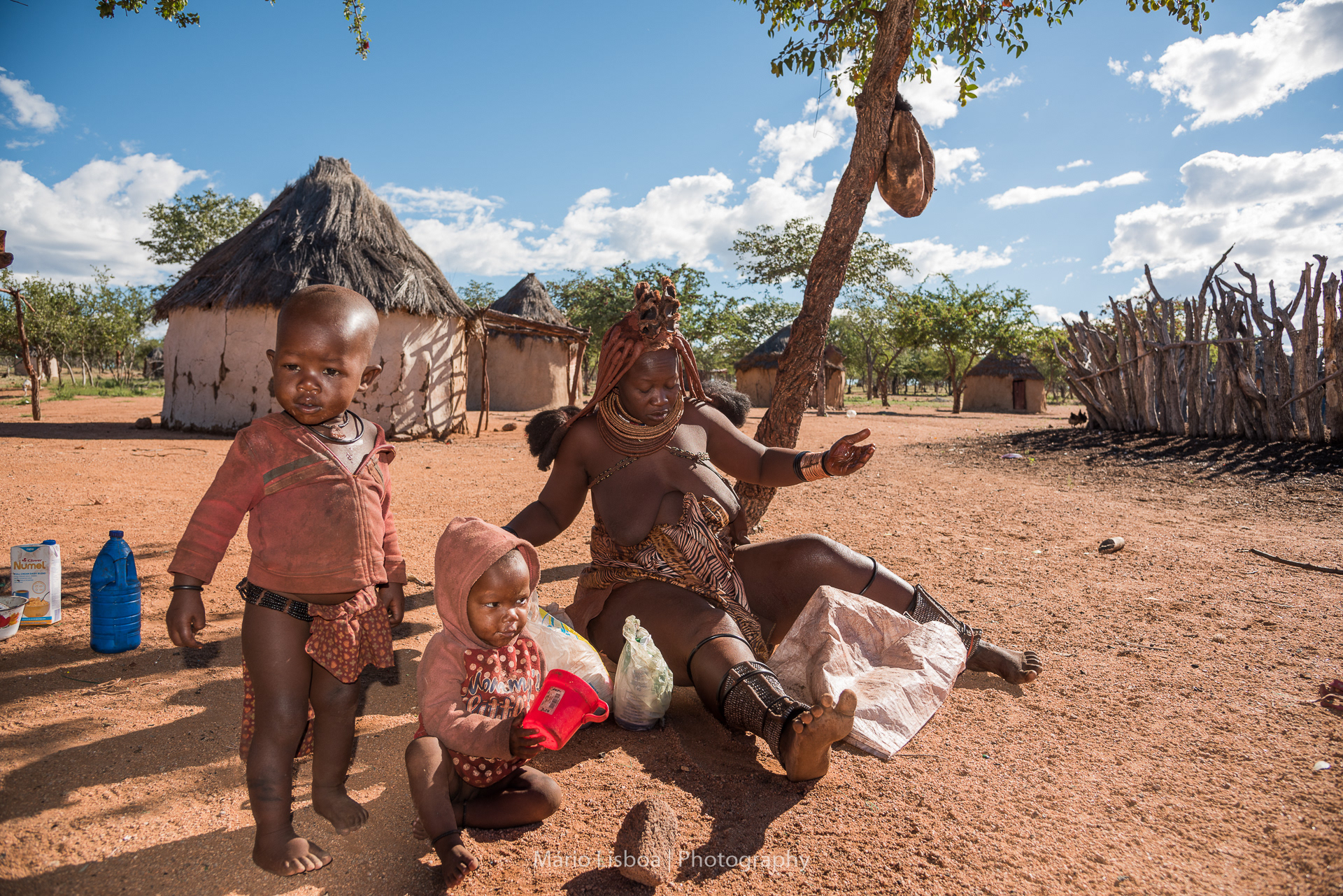

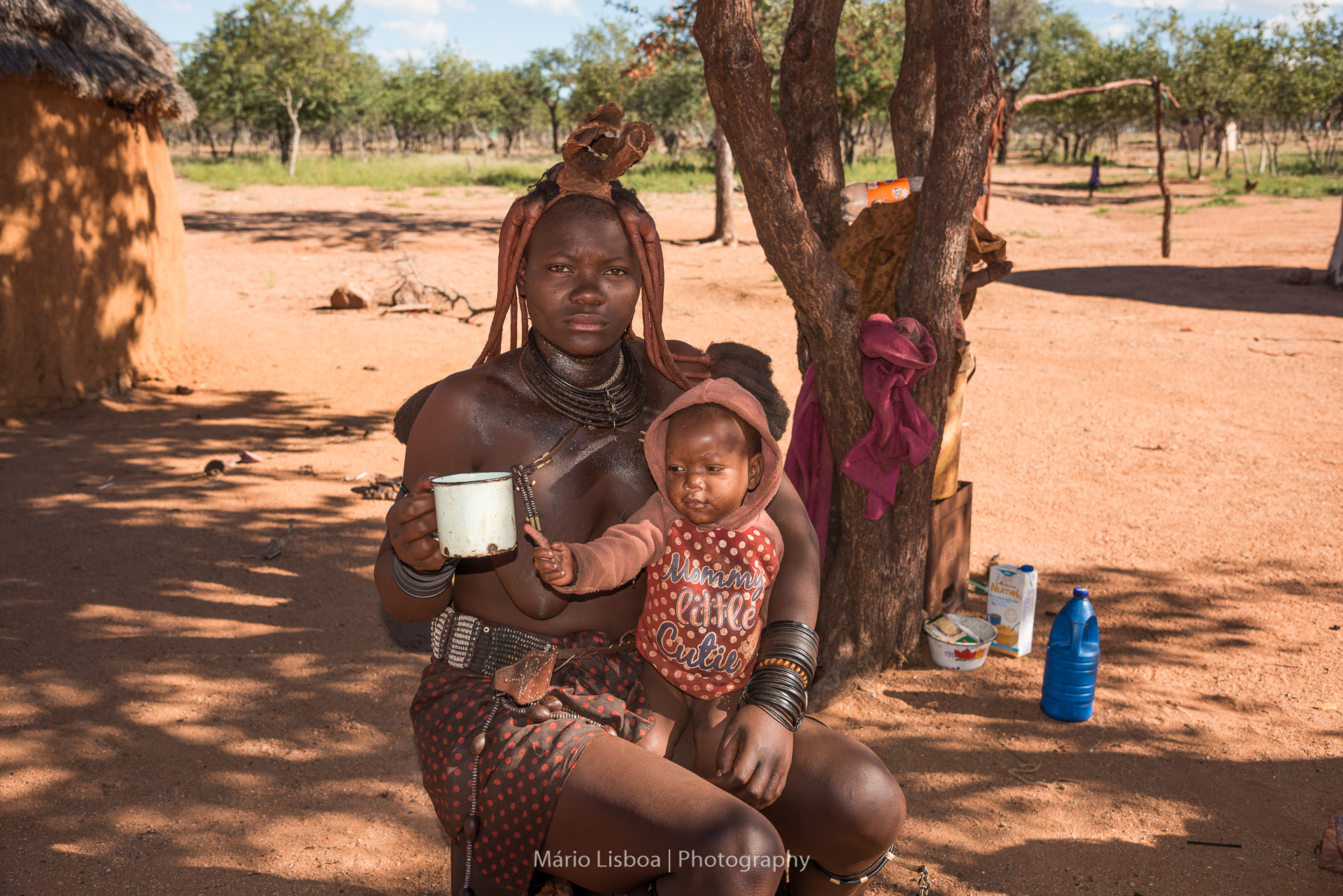
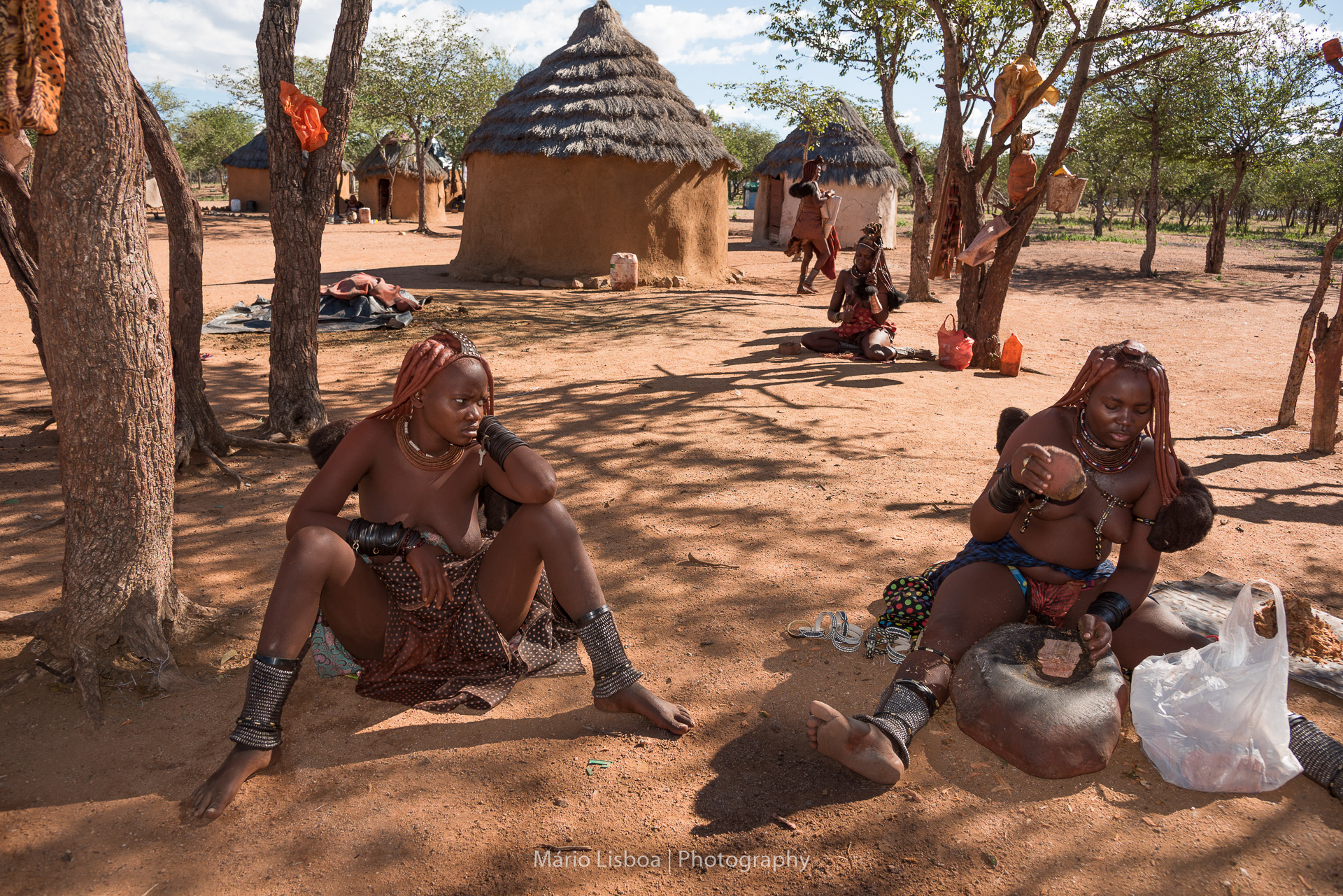


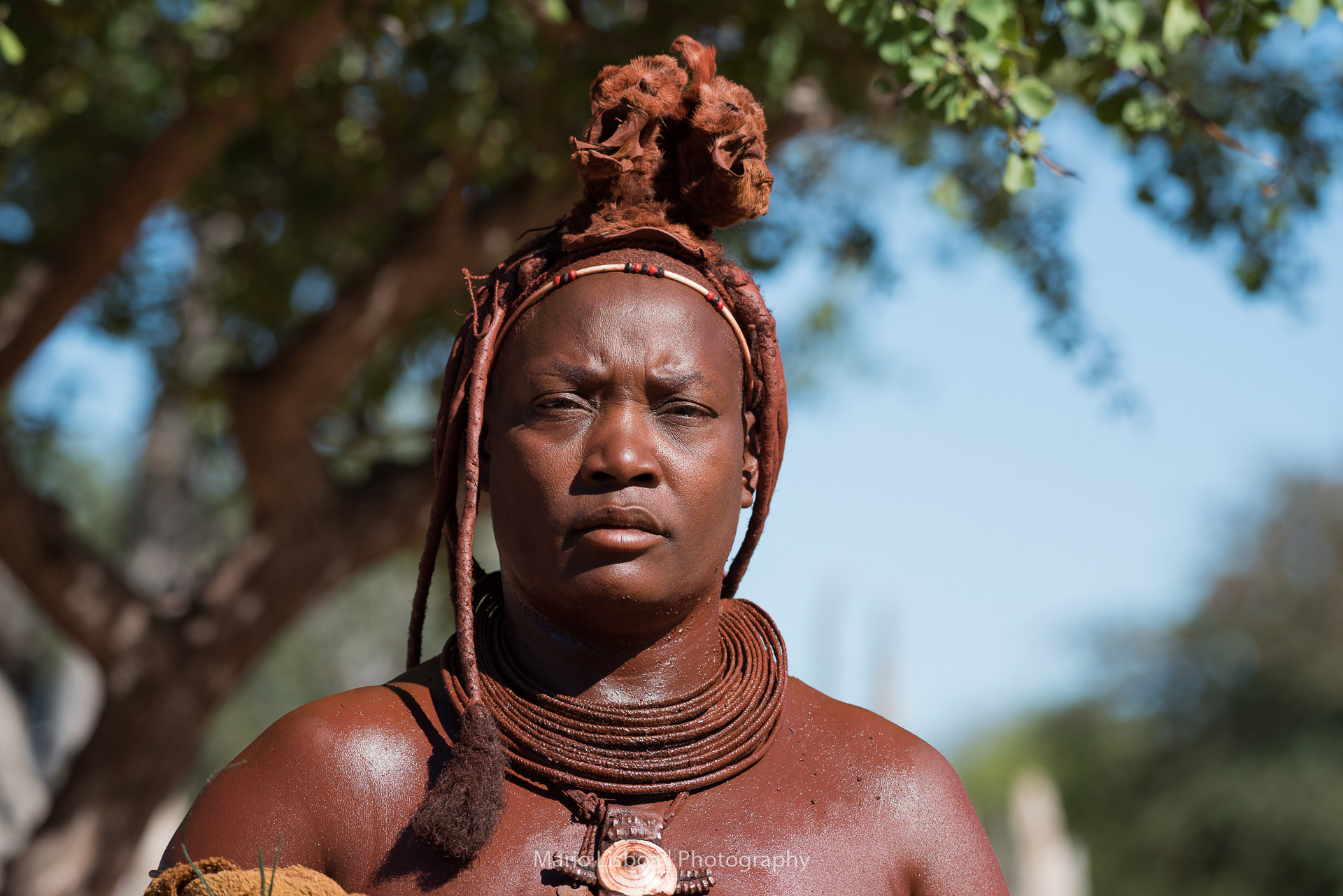
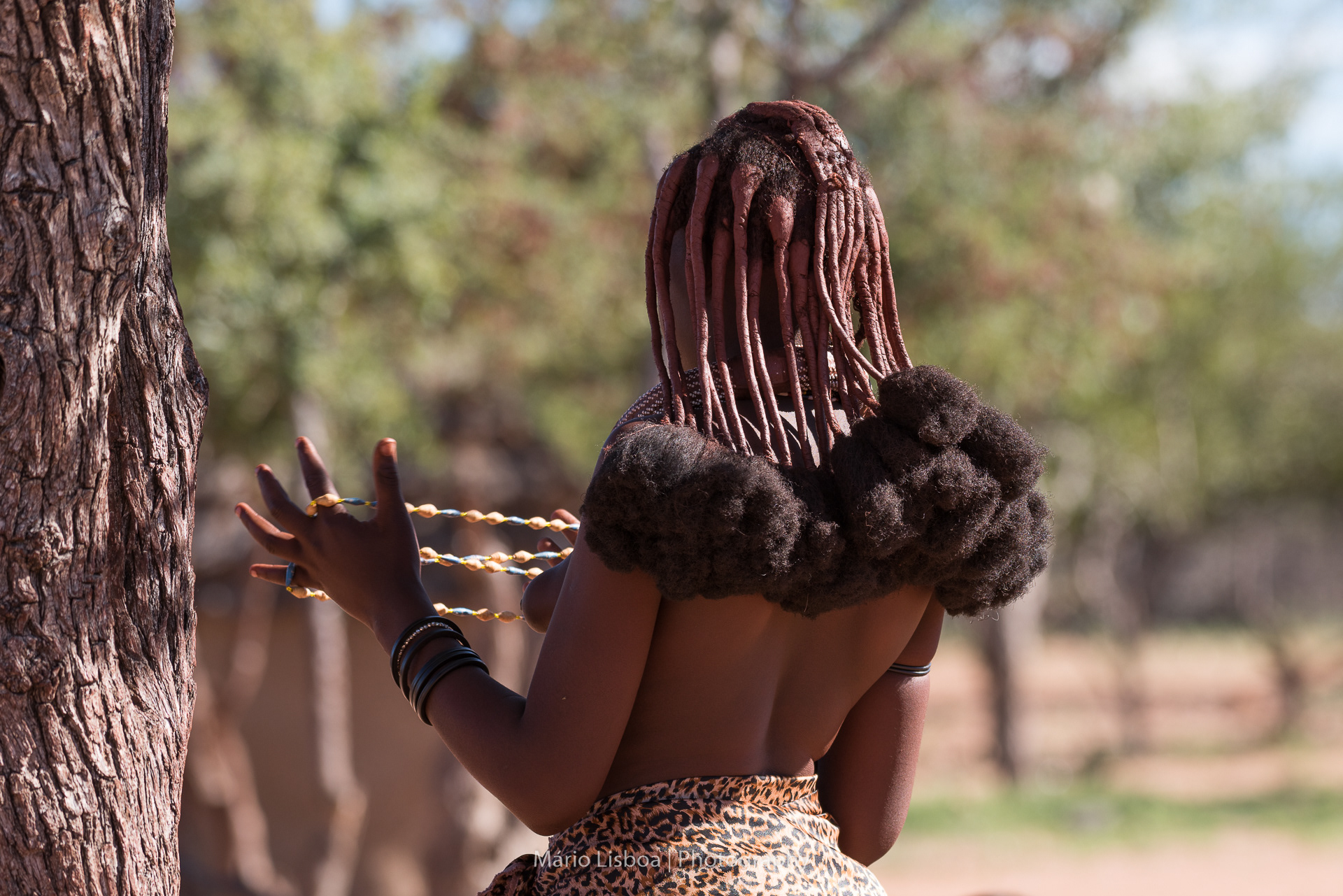
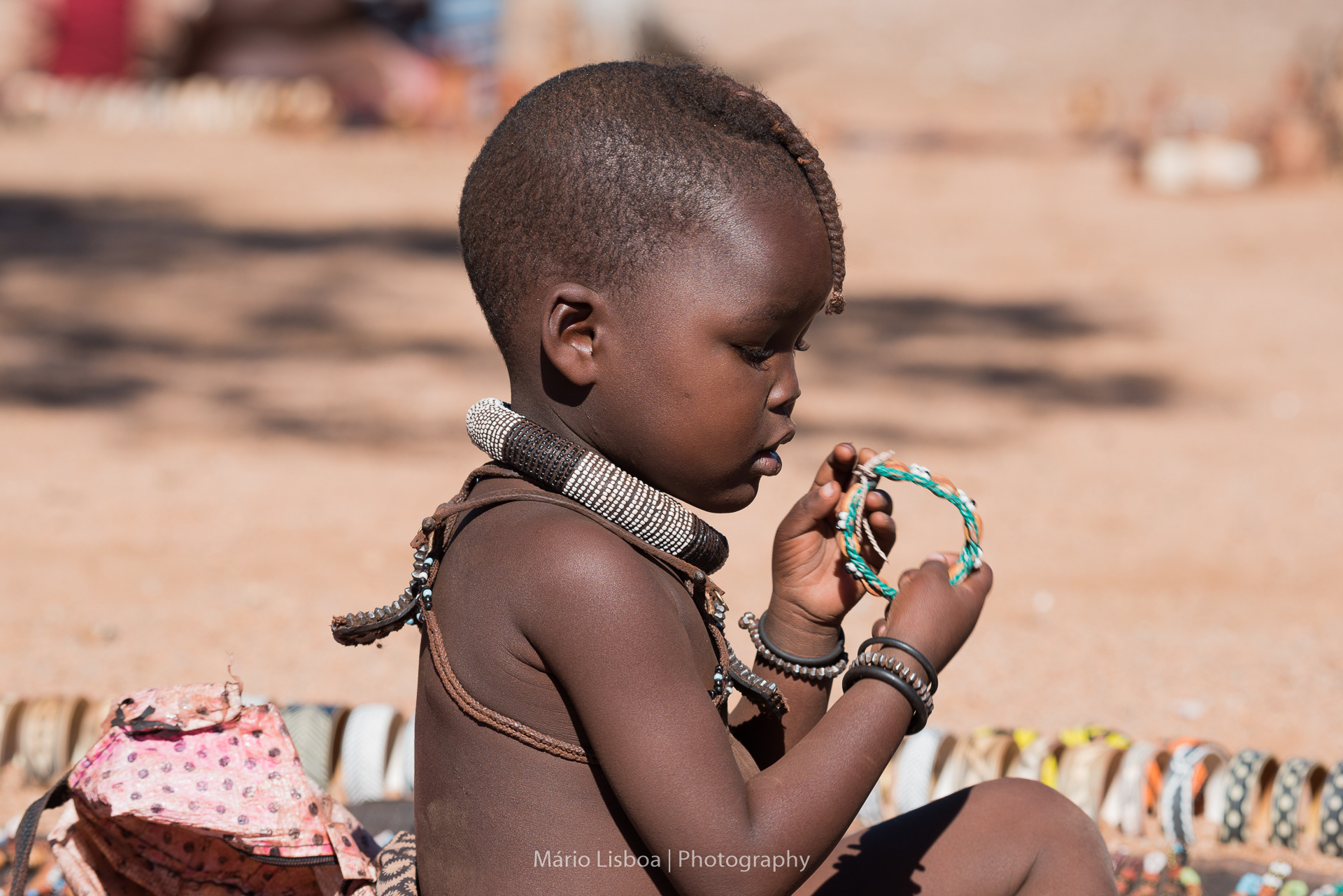

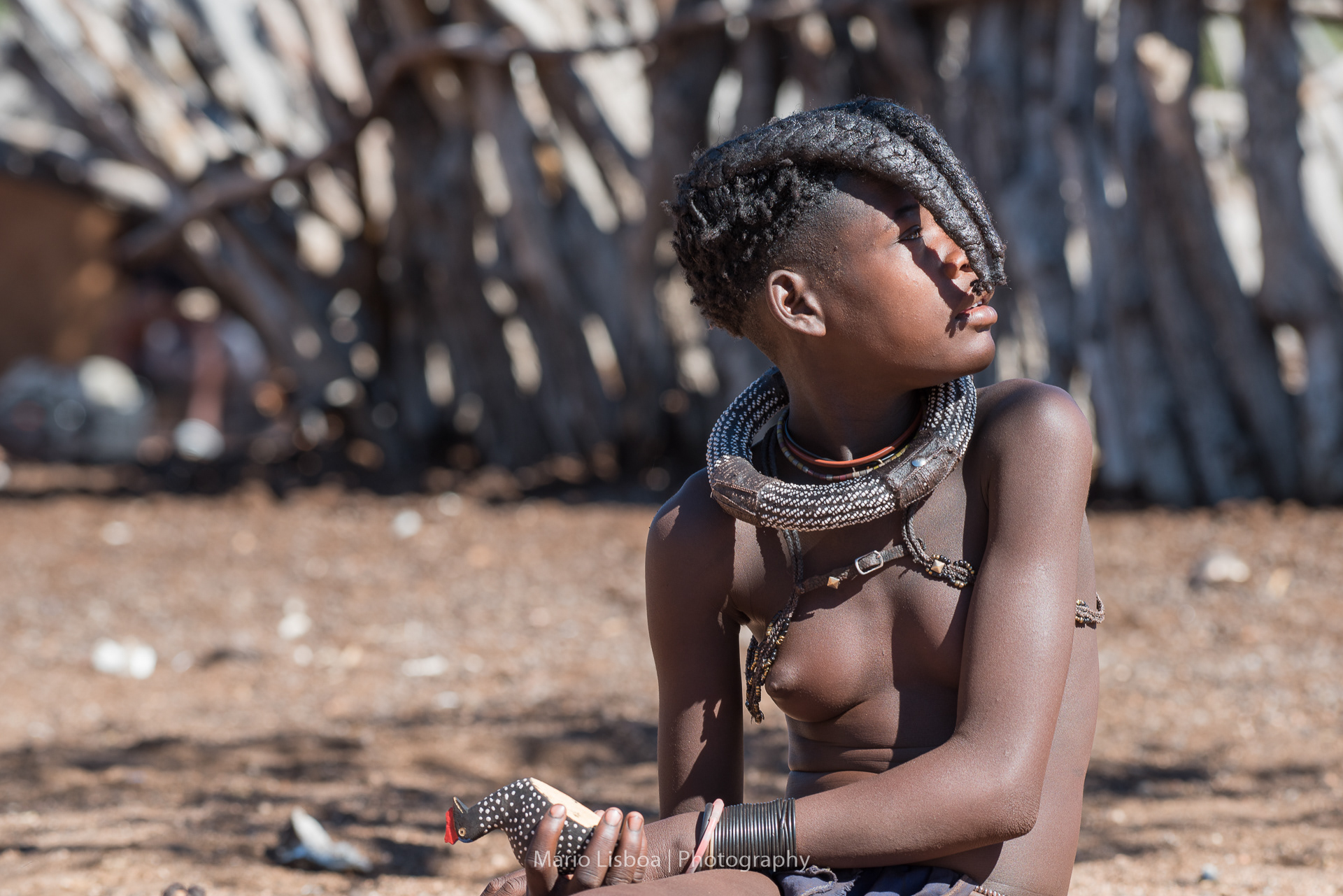

Otjikandero Himba Orphan Project
(PT)
Visitamos uma tribo Himba e a sua escola onde as crianças órfãs Ovahimba tem a oportunidade de ter acesso ao ensino e ter contacto com as tradições e cultura Himba. O Otjikandero Himba Orphan Project é um dos primeiros fundos da Namibia que apoia as crianças e as famílias com alimentos e acesso à saúde, quando a medicina tradicional não resulta.
Tivemos oportunidade de estar com as crianças na sala de aula, tendo oferecido à professora lápis com números que tínhamos levado connosco, aos quais as crianças reagiram cantando os números em inglês.
Foi muito divertido estar com as crianças que estavam muito alegres por nos receber.
(EN)
We visited a Himba tribe and his school where orphans Ovahimba have the opportunity to have access to education and to have contact with the traditions and Himba culture. The Otjikandero Himba Orphan Project is one of Namibia's earliest funds that supports children and families with food and access to health care when traditional medicine does not work.
We had the opportunity to be with the children in the classroom, having given the teacher a pencil with numbers we had taken with us, to which the children reacted by singing the numbers in English.
It was so much fun to be with the children who were very happy to greet us.
Visitamos uma tribo Himba e a sua escola onde as crianças órfãs Ovahimba tem a oportunidade de ter acesso ao ensino e ter contacto com as tradições e cultura Himba. O Otjikandero Himba Orphan Project é um dos primeiros fundos da Namibia que apoia as crianças e as famílias com alimentos e acesso à saúde, quando a medicina tradicional não resulta.
Tivemos oportunidade de estar com as crianças na sala de aula, tendo oferecido à professora lápis com números que tínhamos levado connosco, aos quais as crianças reagiram cantando os números em inglês.
Foi muito divertido estar com as crianças que estavam muito alegres por nos receber.
(EN)
We visited a Himba tribe and his school where orphans Ovahimba have the opportunity to have access to education and to have contact with the traditions and Himba culture. The Otjikandero Himba Orphan Project is one of Namibia's earliest funds that supports children and families with food and access to health care when traditional medicine does not work.
We had the opportunity to be with the children in the classroom, having given the teacher a pencil with numbers we had taken with us, to which the children reacted by singing the numbers in English.
It was so much fun to be with the children who were very happy to greet us.

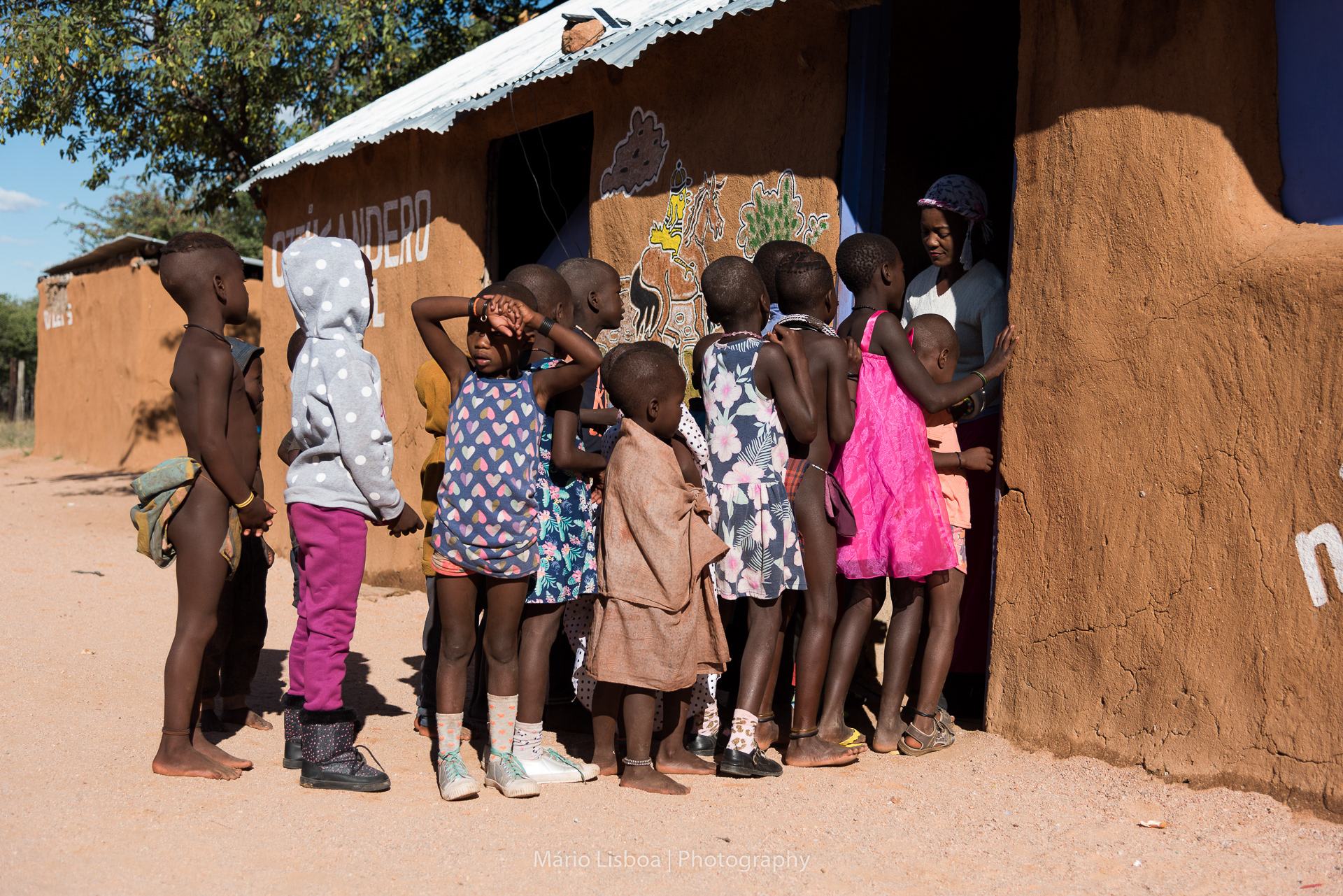
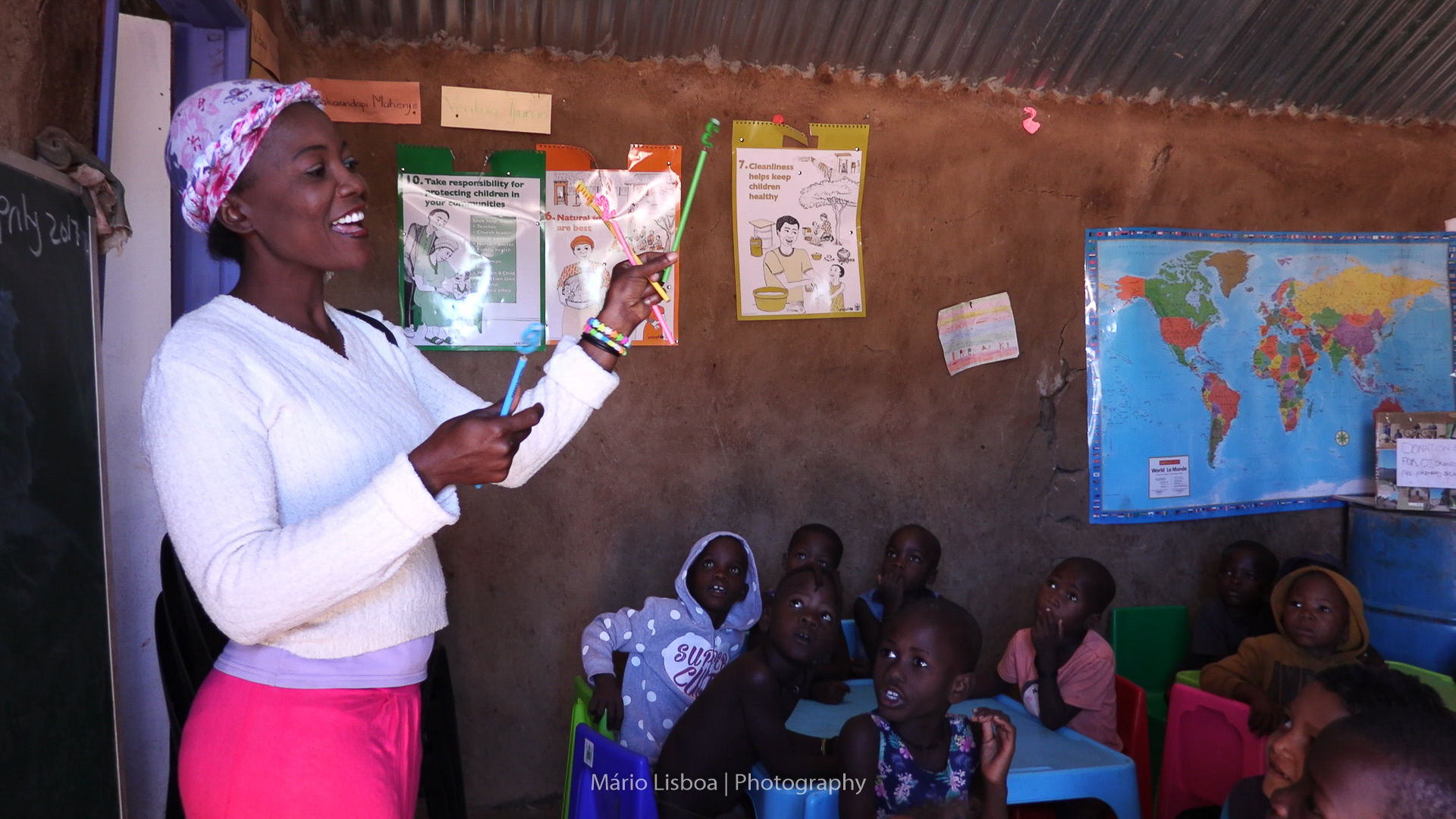
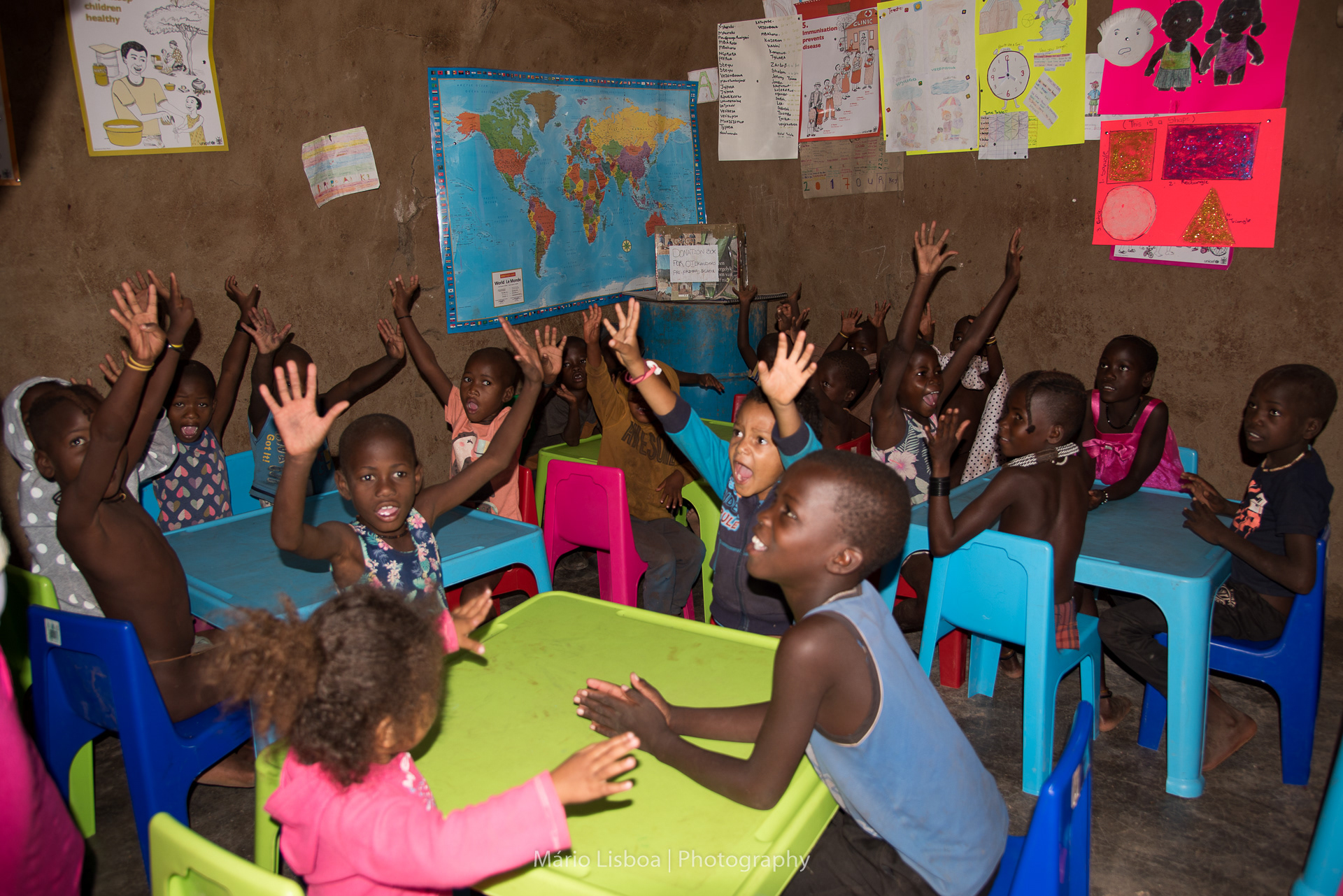

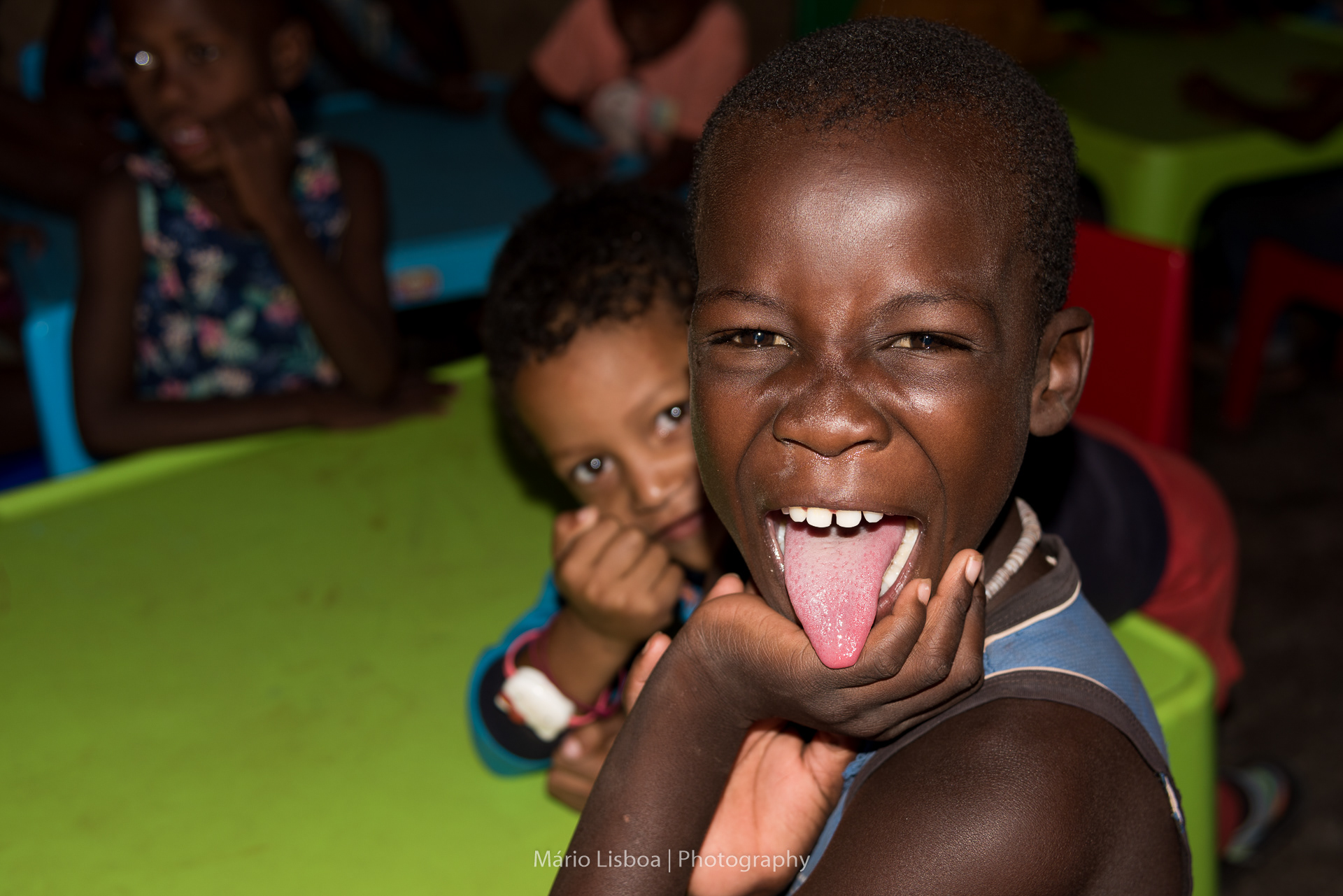
Bushmen People
[PT] Bosquímanos da Namíbia
O deserto do Kalahari, um dos maiores do mundo com cerca de 900 mil km quadrados, localiza-se nos territórios da Namíbia, Botswana e norte da Africa do Sul. É o território dos Bosquimanos, também conhecidos como povo San ou Koisan. São um povo nómada, denominados busmen (homens do mato). Tem um estilo de vida nómada, caçador-recoletor, caçam com setas envenenadas, alimentam-se do que a natureza lhes oferece, e guardam água em ovos de avestruz para a estação seca. Quando falam emitem um som que parece um estalido e tem traços fisionómicos caracteríscos com o seu cabelo encarapinhado disperso. O registo genético dos Bosquímanos aponta para um dos povos mais antigos da Terra. Este povo tem sido ameaçado desde que o seu território foi colonizado, tendo sido expulsos dos seus territórios, mortos ou mesmo escravizados. Hoje em dia resistem apenas algumas comunidades, que tem sido protegidas, uma vez que os seus hábitos ancestrais tem sido motivo de interesse e estudo por parte de investigadores e instituições. Actualmente continuam ameaçados no Bostswana, pois são impedidos de caçar, são retirados dos seus territórios para dar lugar a alojamentos turísticos ou reservas de caça desportiva, ou para exploração de diamantes. É-lhes negado o acesso a poços de água, sendo difícil a sua sobrevivência.
Nesta reportagem, um grupo de jovens Bosquímanos no desert do Kalahari na Namibia demonstram os seus hábitos de caça, recolectores e de utilização de plantas com propriedade medicinais, preservando desta forma a sua cultura e hábitos ancestrais, um registo de um povo que está profundamente ameaçado.
[EN] Bushmen of Namibia
The Kalahari Desert, one of the largest in the world with about 900,000 sq km, is located in the territories of Namibia, Botswana and northern South Africa. It is the territory of the Bushmen, also known as San people or Koisan. They are a nomadic people, called bushmen (men of the bush). They have a nomadic lifestyle, hunter-gatherer, hunt with poisoned arrows, feed on what nature offers them, and keep water in ostrich eggs for the dry season. When they speak they emit a sound that sounds like a click and has characteristic physiognomy features with their scattered overgrown hair. The genetic record of the Bushmen points to one of Earth's oldest people. These people have been threatened since their territory was colonized, having been expelled from their territories, killed or even enslaved. Nowadays they resist only a few communities, which have been protected, since their ancestral habits have been the subject of interest and study by researchers and institutions. At present they remain threatened in Bostswana, because they are prevented from hunting, are removed from their territories to make room for tourist accommodation, sport hunting reserves, or for diamond exploration. They are denied access to water wells, and it is difficult to survive.
In this report, a group of young Bushmen in the Kalahari desert in Namibia show their habits of hunting, collecting and using medicinal plants, thus preserving their culture and ancestral habits, a record of a people who is deeply threatened.

